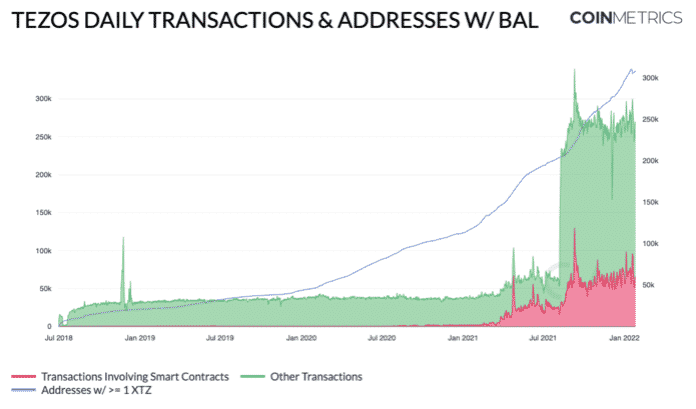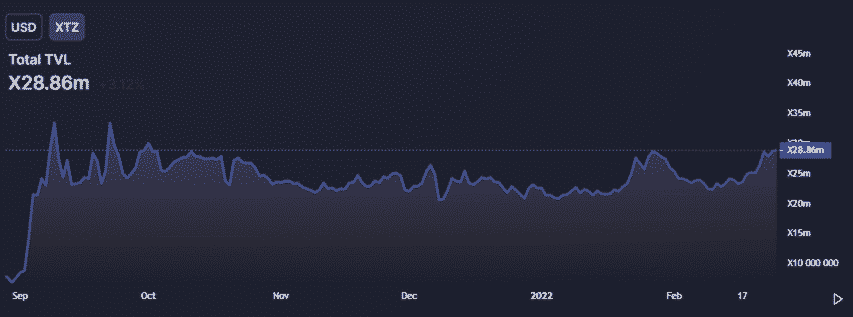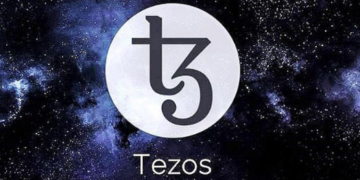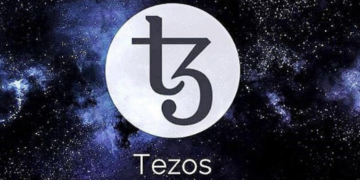The Tezos network had a silent growth over the past year, making many partnerships, having holders increase in number and much more so why did it go unnoticeable? Let’s find out in today’s latest Tezos news.
With the growth of the Ethereum network, plenty of similar systems that allow smart contract deployment emerged as competition. With most of them keeping their plans to become Ethereum killers, some remained silent and focused on the growth instead. This seems to be the case with Tezos as a decentralized opensource blockchain that executes peer-to-peer transactions which saw the light of day about four years ago. It stayed below the radar for a while and didn’t quite make any groundbreaking promises but kept on building and developing the software, attracting more users, and making new partnerships.

Ever since the launch, the liquid proof of stake network underwent a few upgrades through on-chain voting due to its mechanism and this method was designed to avoid potential risks of a hard fork which already happened to many other blockchains. The latest one was dubbed Hangzhou back in 2021 and promised to deliver a new era for the network.
Some of the new additions will incorporate a feature that allows smart contracts to read the storage of the other smart contracts while others provide countermeasures against Block Producer Extractable Value. The ability to allow the developers to deploy smart contracts means that Tezos is among the growing number of platforms that are involved in the deFI space. The Tezos network had a silent growth while Defi became a hot topic in 2020 with the total value locked on all projects standing near $1 billion. This metric exploded and now stands just shy of $200 billion.

Despite its foray into the DEFI space, Tezos started attracting more players into its ecosystem and the number of token holders also increased. The reports from Tokeninsight informed that there are more than 100 dapps on Tezos with the main focus on NFTs and DEFI. The project also has plans to become the home of many protocols that are focusing on Metaverse and GameFi. Other reports show that the growth Tezos had is substantial in terms of activity and transaction count. The graphs show a spike in regular transactions involving smart contracts. The biggest increase came in 2021 when Tezos released a network upgrade cutting average block times in half. This led to an increase in NFT protocols on TEzos and also saw the number of XTZ token holders increase even further.
DC Forecasts is a leader in many crypto news categories, striving for the highest journalistic standards and abiding by a strict set of editorial policies. If you are interested to offer your expertise or contribute to our news website, feel free to contact us at editor@dcforecasts.com























Discussion about this post